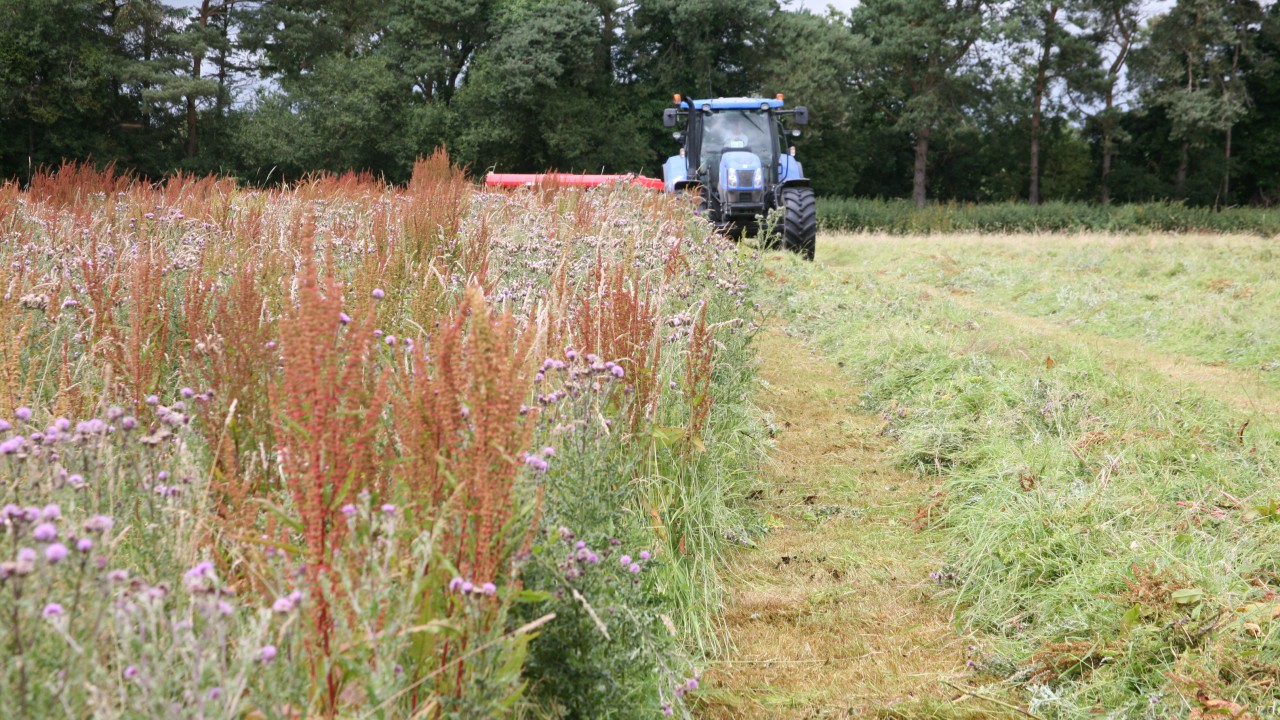The weather this spring was not conducive to dealing with grassland weeds.
Many, such as docks, thistles, and nettles, have grown on, set seed and dominated a greater area than before.
However, all is not lost. Recent mild and wet weather means now is a good time to take back control and carry out grassland spraying.
In late summer and early autumn, weeds are still growing actively and preparing for winter by moving nutrients into the roots.
This is the ideal time to implement a weed control plan, as translocated herbicides applied now are transported to the roots, resulting in good root kill and longer-lasting protection from re-infestation. Herbicides applied when weeds are too small or have flowered only results in top kill and short-term relief.
“Controlling weeds is an important part of ensuring your grassland remains productive and efficient,” explained Dave Gurney, field technical manager for Grassland at Corteva Agriscience.
Treating weeds now enables grass to recolonise so that next spring grass growth is unhindered. Homegrown forage is a key platform for a sustainable production system, so it is vital we optimise it through effective and timely weed control.
“In many fields previously cut for silage or hay, perennial weeds like docks and thistles will be re-emerging in a healthy state and ideal for herbicide treatment.
“It’s important to remember a 10% dock infestation means the dry matter yield will be reduced by 10%, which can impact on milk or meat production.”

